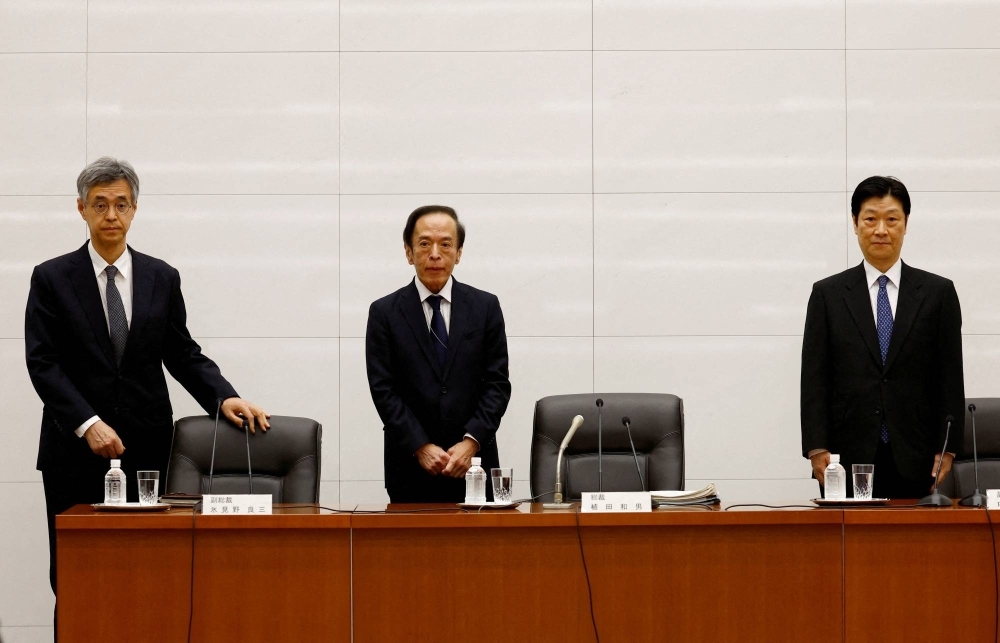The Bank of Japan (BOJ)'s strategy for an orderly exit from years of massive stimulus unraveled on an overcast day in December when Gov. Kazuo Ueda and two deputies gathered at the bank's Tokyo headquarters. Inflation was slowing more than expected, complicating the central bank's plan to end negative interest rates by March or April and then follow quickly with further increases.
The officials considered two alternatives. The first option was to wait for signs of economic improvement and then go ahead as planned. The second was to end negative rates but hold off on subsequent increases. Ultimately, the MIT-trained Ueda went with the second option, allowing Japan to shed its title as the last country with negative interest rates but leaving it short of its hoped-for normalization and still facing years of near-zero rates that pressure the hard-hit yen.
"With the economy lacking momentum, there was a growing feeling within the BOJ that inflation might not stay around 2% that long," said one person familiar with the deliberations, referring to the bank's key target.



